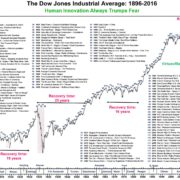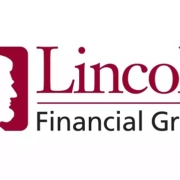Are Dividends as Good as They Sound? – Part 4

Money Matters – Skloff Financial Group Question of the Month – August 1, 2021
By Aaron Skloff, AIF, CFA, MBA
Q: We read the article ‘Are Dividends as Good as They Sound?’ Part 1,and Part 2 and Part 3. What are the pros and cons of buying stocks with a long history of increasing cash dividends?
The Problem – Investing in Stocks with a Long History of Increasing Cash Dividends
Many investors believe dividends are a great way be ‘paid to wait’ while they wait for their stock to appreciate. This often leads them to invest in stocks that have a long history of increasing cash dividends. This simplistic approach has historically generated relatively weak performance.
The Solution – Investing in Stocks That Can Generate the Highest Total Return, Consistent with Your Risk Level
The total return of a stock is a combination of the cash dividend paid plus the appreciation. Investors can experience a negative total rerun, after including a high cash dividend – and that is before paying taxes on the dividend. Investors should invest in stocks that can generate the highest total return, consistent with their risk level.
Are You Interested in Learning More?
The S&P 500 Dividend Aristocrats. According to Standard and Poor’s (S&P), “The S&P 500 Dividend Aristocrats measure the performance of the S&P 500 companies that have increased dividends every year for the last 25 consecutive years. The index treats each constituent as a distinct investment opportunity without regard to its size by equally weighting each company”.
In theory, it has a fundamentally strong set of selection criteria. In fact, since 1926, dividends have contributed nearly one third of total equity return while capital appreciation has contributed two-thirds. Unlike indexes that seek the highest yields from a few sectors of the S&P 500, the S&P 500 Dividend Aristocrats is well diversified, with representation from all sectors of the S&P 500. This results in an index that generates both capital appreciation and cash dividends. Some theories succeed when they are implemented in the real world, while others fail. Calling the S&P 500 Dividend Aristocrats a failure would be too critical. Let’s examine its results below.
The total return of stocks with a long history of increasing cash dividends have underperformed medium and low cash dividend rate stocks. As seen in the chart below, a hypothetical $100,000 investment from 2011 to 2020 would have generated total returns in investments that replicated the following indexes as follows: S&P 500 Dividend Aristocrats (long history of increasing dividends) $360,533, S&P 500 Index (paid medium dividends) $367,000 and NASDAQ Index (paid low dividends) $652,247. The index that paid the lowest cash dividend rate generated more than 80% the total return of the index that generated a long history of increasing cash dividends. Although past performance is no guarantee of future performance, Winston Churchill wrote, “Those that fail to learn from history are doomed to repeat it.”
Click to Enlarge
Action Steps – Invest in Stocks That Can Generate the Highest Total Return, Consistent with Your Risk Level
Cash is not always king. Cash can be the jester. Invest in companies that generate the highest total return, consistent with your risk level. Do not get lured into stocks with a long history of increasing cash dividends, as capital deprecation can more than offset the dividend, leaving you with a negative total return.
Aaron Skloff, Accredited Investment Fiduciary (AIF), Chartered Financial Analyst (CFA), Master of Business Administration (MBA) is CEO of Skloff Financial Group, a Registered Investment Advisory firm specializing in financial planning, investment management and benefits for small to middle sized companies. He can be contacted at www.skloff.com or 908-464-3060.














